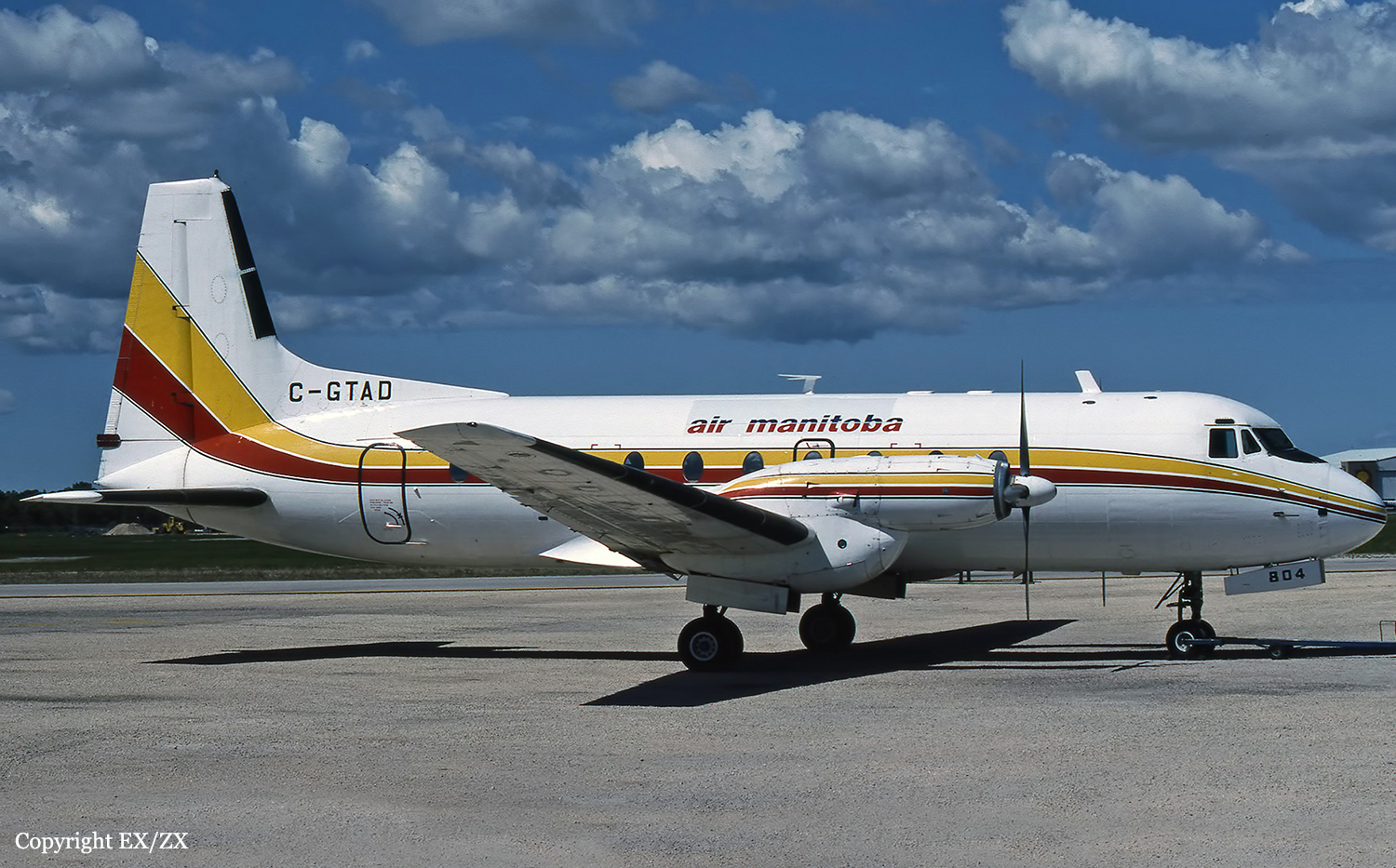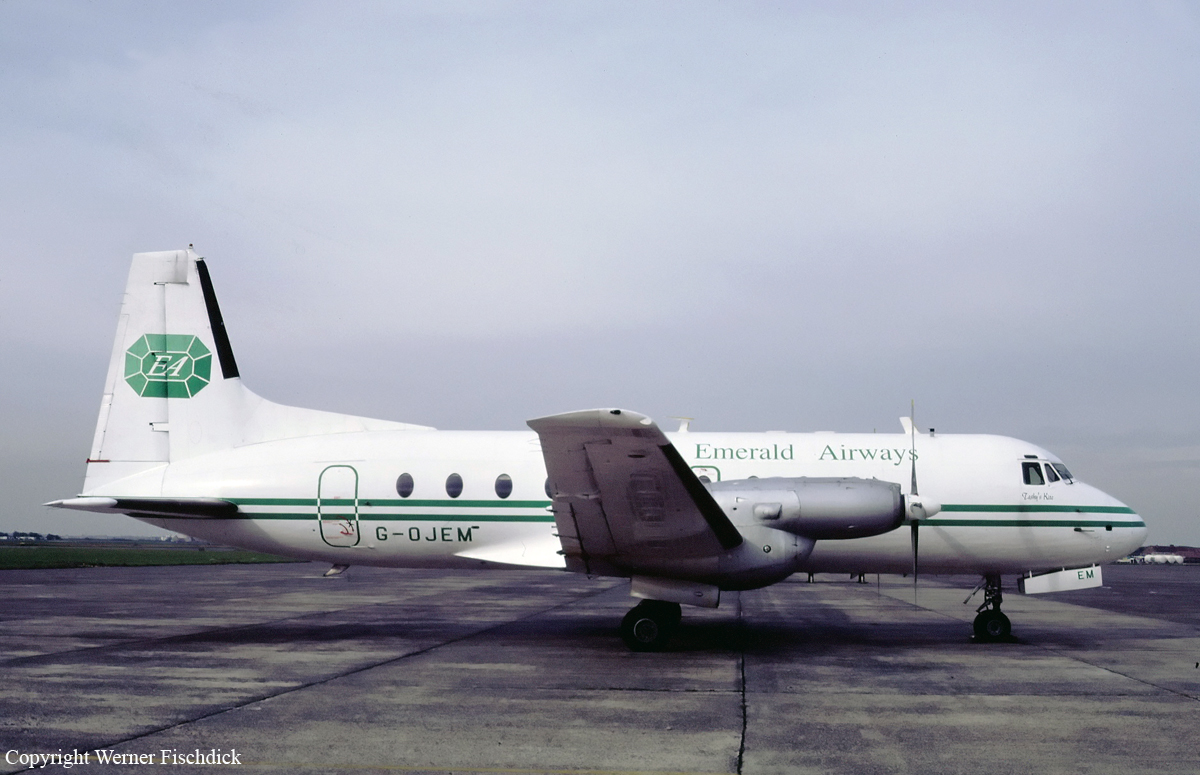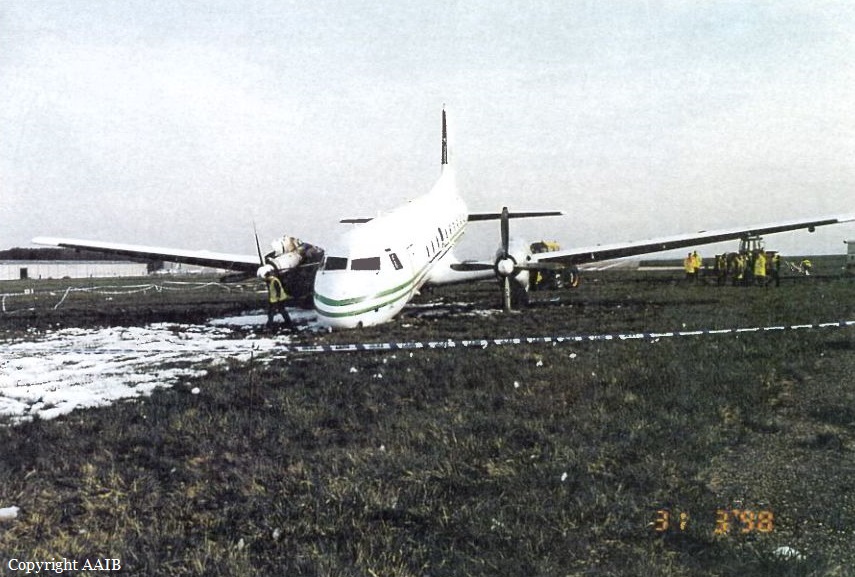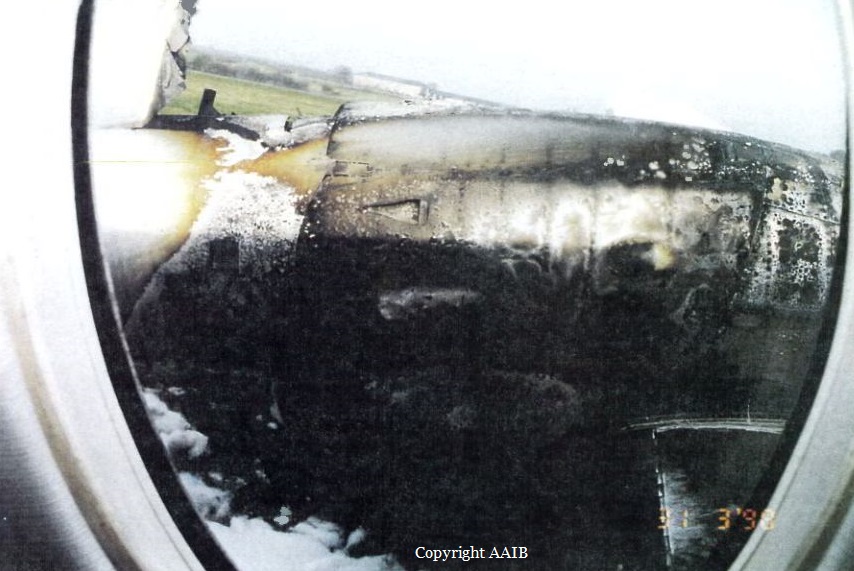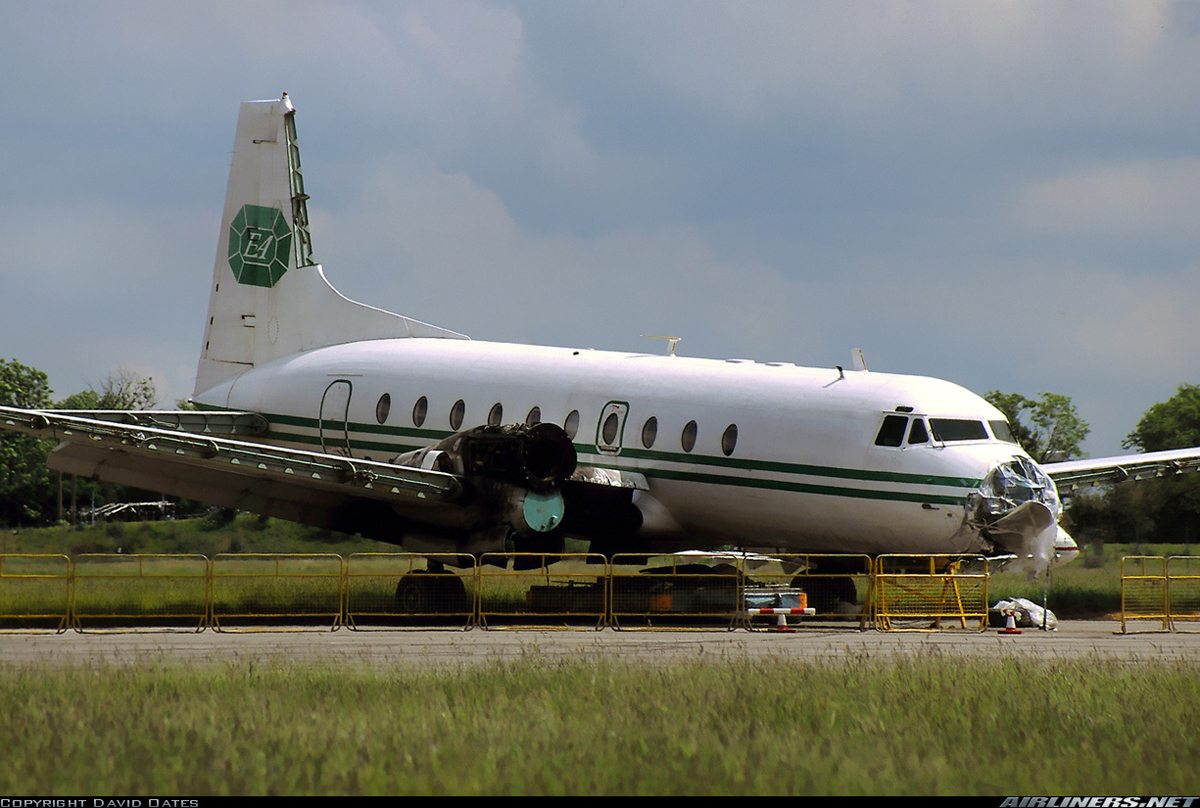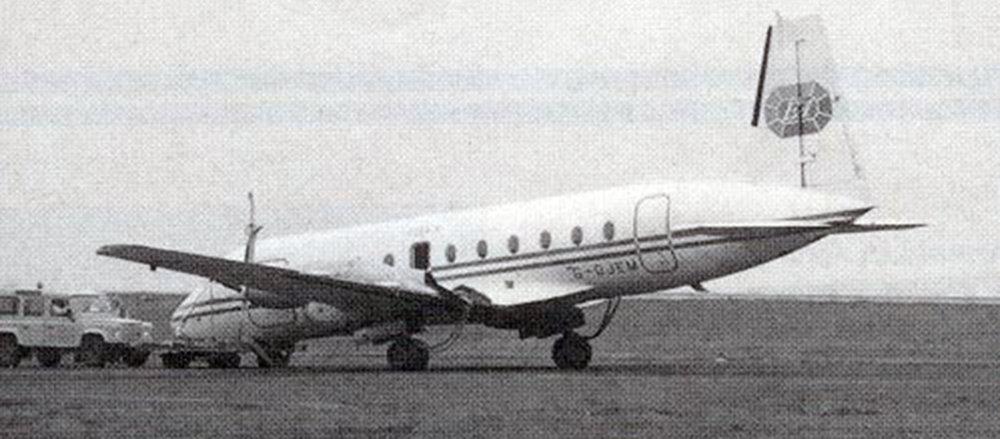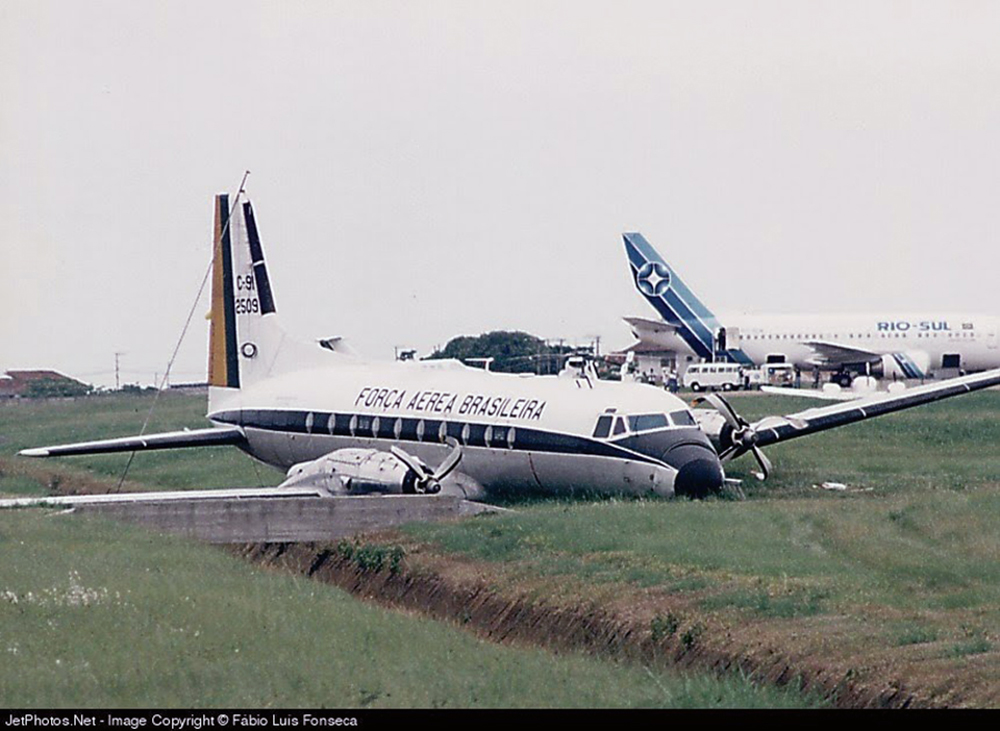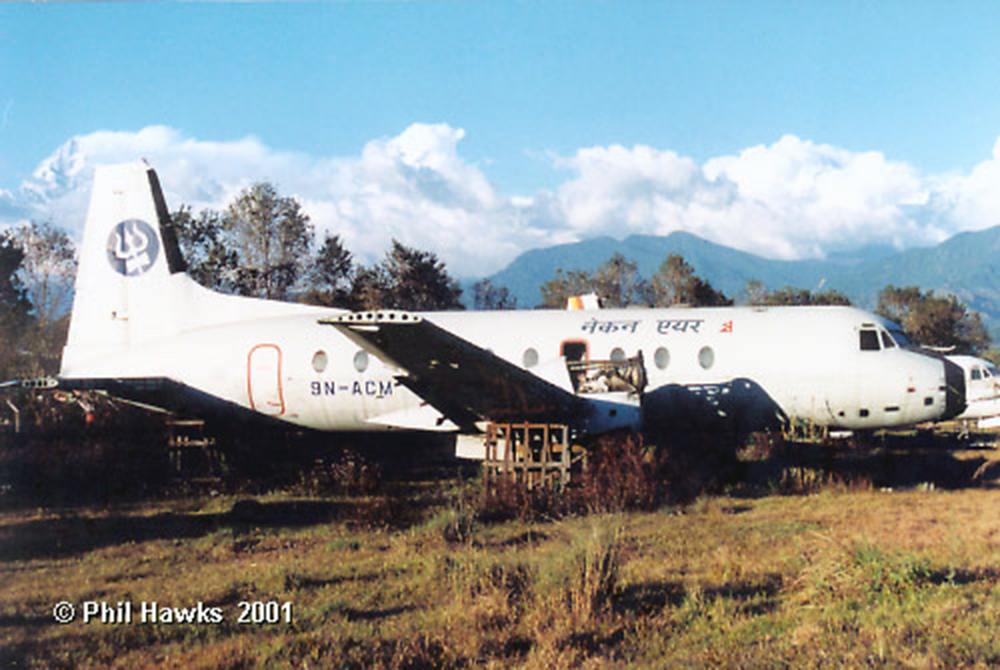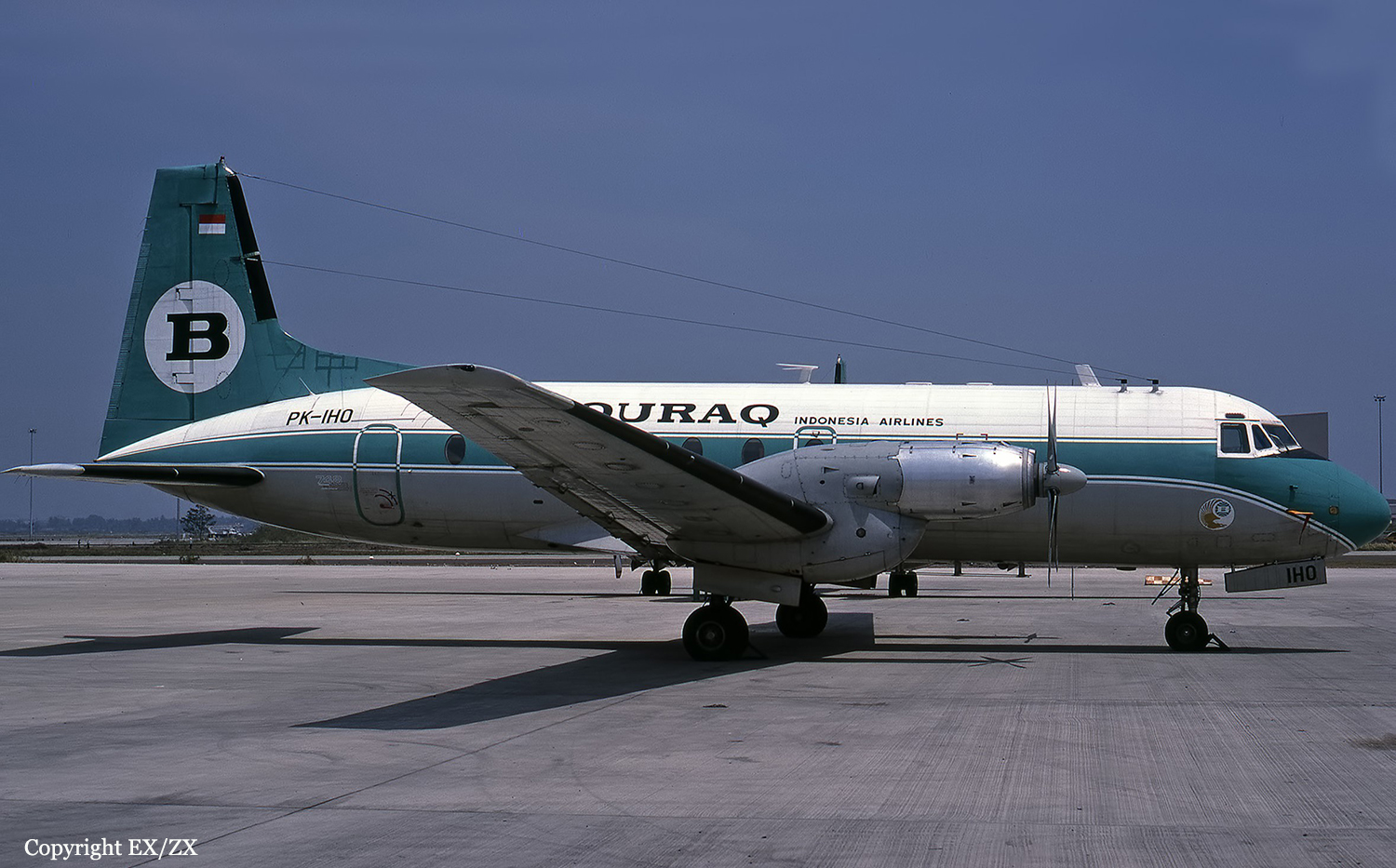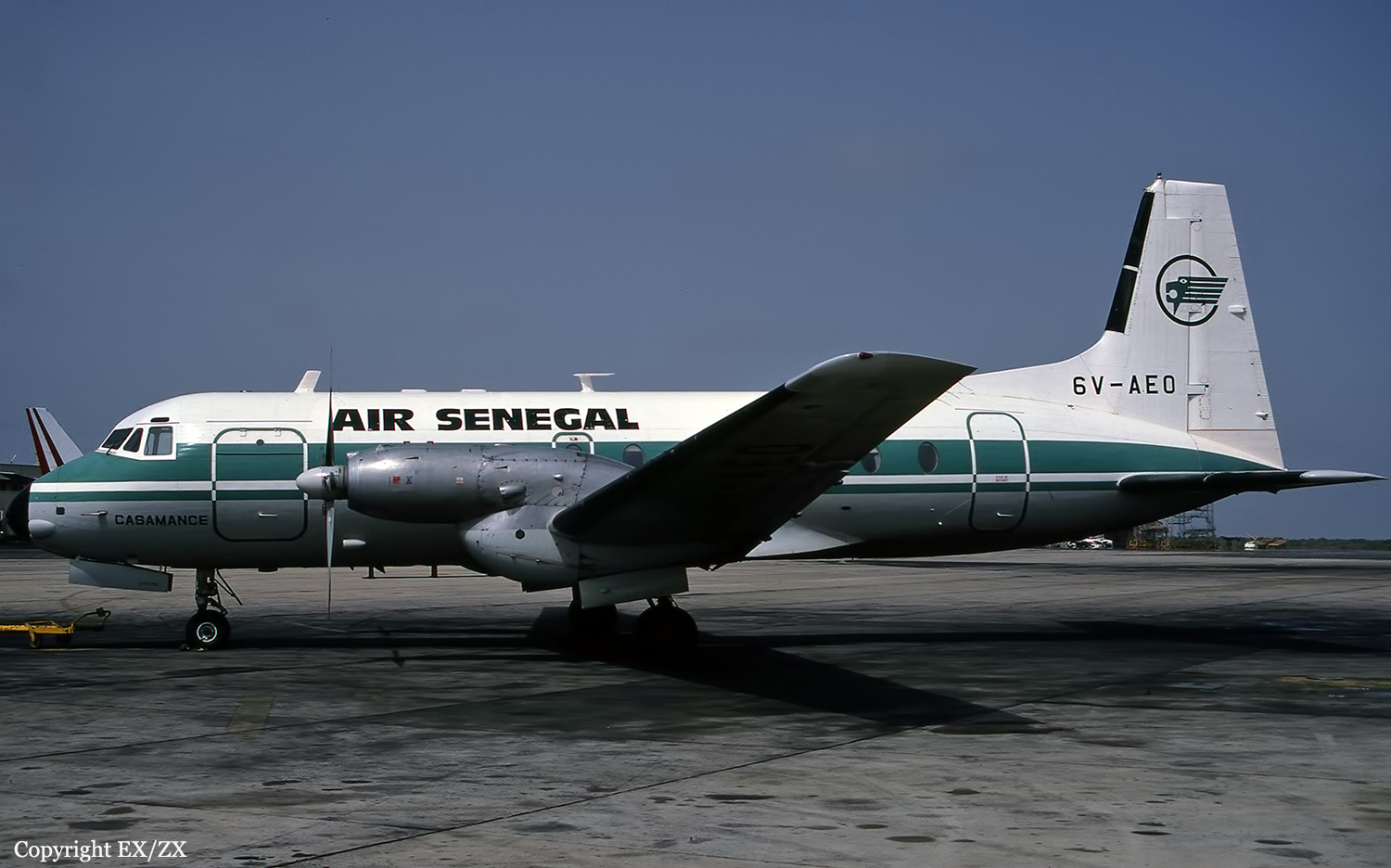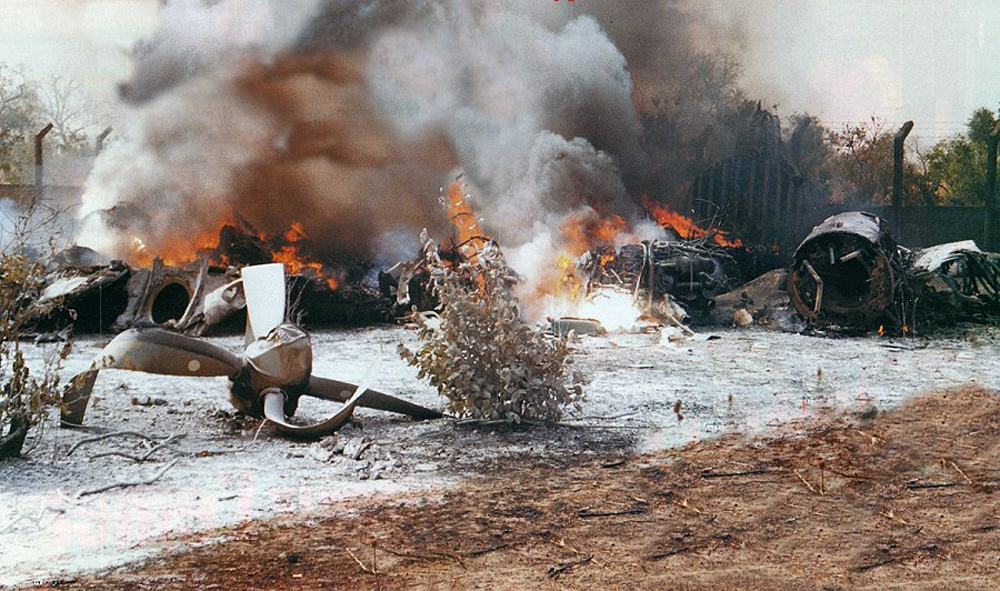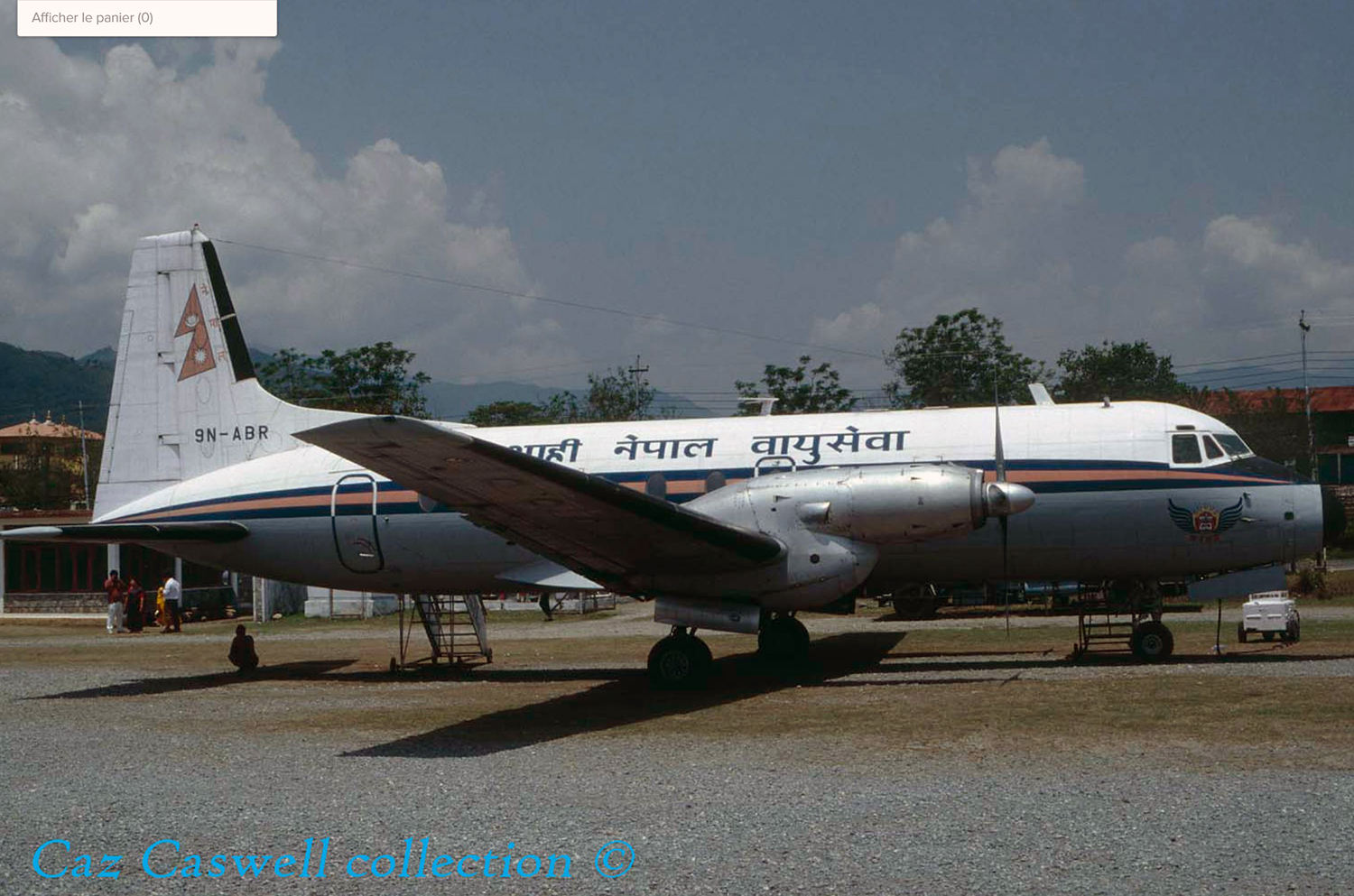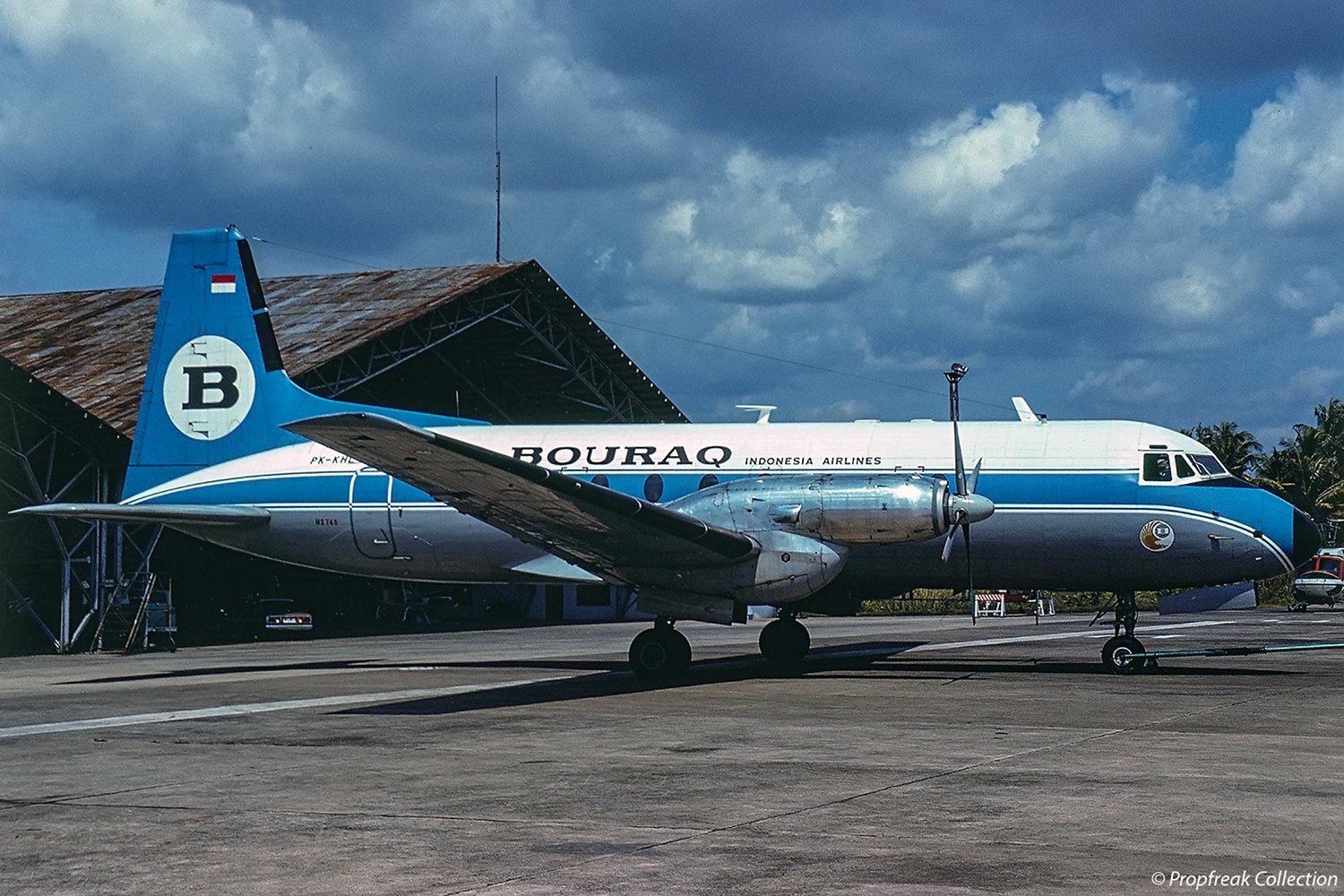Crash of an Avro 748-310-2A LFD in Kasabonika
Date & Time:
Aug 6, 1998 at 1600 LT
Registration:
C-GTAD
Survivors:
Yes
Schedule:
Pickle Lake - Kasabonika
MSN:
1750
YOM:
1977
Flight number:
WSG804
Crew on board:
2
Crew fatalities:
Pax on board:
2
Pax fatalities:
Other fatalities:
Total fatalities:
0
Captain / Total hours on type:
6000.00
Copilot / Total hours on type:
500
Aircraft flight hours:
12310
Circumstances:
Wasaya Airways Ltd. Flight 804, a Hawker Siddeley 748-2A, serial number 1750, landed at Kasabonika, Ontario, on a freight flight from Pickle Lake, Ontario. During the landing roll, the aircraft could not be stopped and overran the runway by about 450 feet. The captain, the first officer and one of the freight handlers suffered minor injuries; the other freight handler was not injured. The aircraft was destroyed.
Probable cause:
The aircraft was landed at a point from which it could not be stopped under the prevailing conditions. Contributing to the occurrence were the lack of immediate propeller ground fine pitch and the choice of runway 03 as the landing runway. A possible contributing factor was the inappropriate information in the then-current runway analysis manual.
Final Report:
